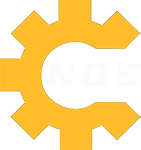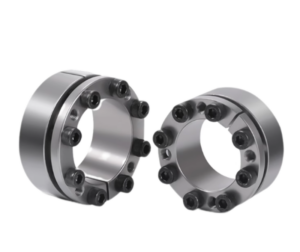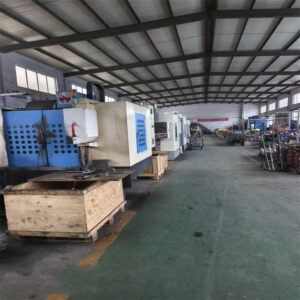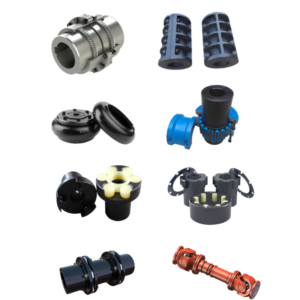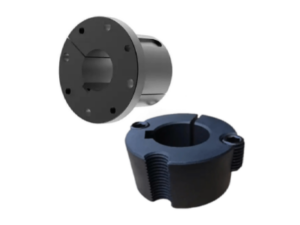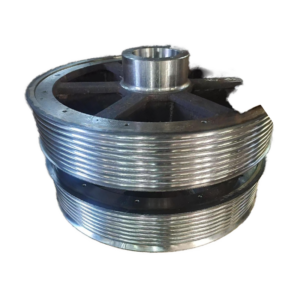Shaft couplings are essential mechanical components used to connect two shafts together at their ends to transmit power. They are widely used in various industrial applications, from automotive systems to heavy machinery. There are many types of couplings, each suited to specific purposes, loads, and misalignment conditions. This article compares the most common types: rigid couplings, flexible couplings, gear couplings, jaw couplings, and disc couplings.
1. Rigid Couplings
Overview:
Rigid couplings are the simplest form of couplings, designed to firmly connect two aligned shafts.
Advantages:
- High torque transmission capability
- Simple design and low cost
- No backlash
Disadvantages:
- Cannot accommodate any misalignment
- Excessive stress on shafts and bearings if misaligned
- Limited to precise alignment applications
Best Applications:
- Precisely aligned systems like machine tools or measuring instruments
2. Flexible Couplings
Overview:
Flexible couplings can tolerate misalignment between shafts, vibrations, and slight axial movement.
Advantages:
- Can accommodate angular, parallel, and axial misalignments
- Absorbs shock and vibrations
- Protects other components from wear
Disadvantages:
- Lower torque capacity than rigid types
- More complex and slightly more expensive
Best Applications:
- Pumps, compressors, and general industrial machinery
3. Gear Couplings
Overview:
Gear couplings use a toothed hub and sleeve design to handle high torque and slight misalignment.
Advantages:
- Very high torque capacity
- Can accommodate slight misalignment
- Durable and compact
Disadvantages:
- Requires regular lubrication
- More expensive and complex to maintain
- Produces some backlash
Best Applications:
- Heavy-duty applications like steel mills, rolling machines, and turbines
4. Jaw Couplings
Overview:
Jaw couplings consist of two metal hubs and an elastomeric insert (called a “spider”).
Advantages:
- Good for shock absorption and vibration dampening
- Easy to install and maintain
- No lubrication required
Disadvantages:
- Limited misalignment tolerance
- Elastomer insert may wear out and need replacement
Best Applications:
- Light to medium-duty applications, such as pumps and motors
5. Disc Couplings
Overview:
Disc couplings use a series of thin, flexible metal discs to transmit torque and accommodate misalignment.
Advantages:
- High precision and zero backlash
- Can handle moderate misalignment
- No lubrication required
Disadvantages:
- More expensive
- Discs may fatigue over time under heavy loads
Best Applications:
- Servo systems, high-speed machinery, and precision equipment
Conclusion
Selecting the right coupling depends on the specific application requirements, including torque transmission, alignment accuracy, vibration control, and maintenance capacity. Rigid couplings are ideal for perfectly aligned systems, while flexible and disc couplings are better suited to systems with misalignment or high precision needs. For high-torque and demanding environments, gear couplings are often the best choice.
Understanding the strengths and limitations of each type helps engineers and maintenance teams ensure reliability and efficiency in power transmission systems.
